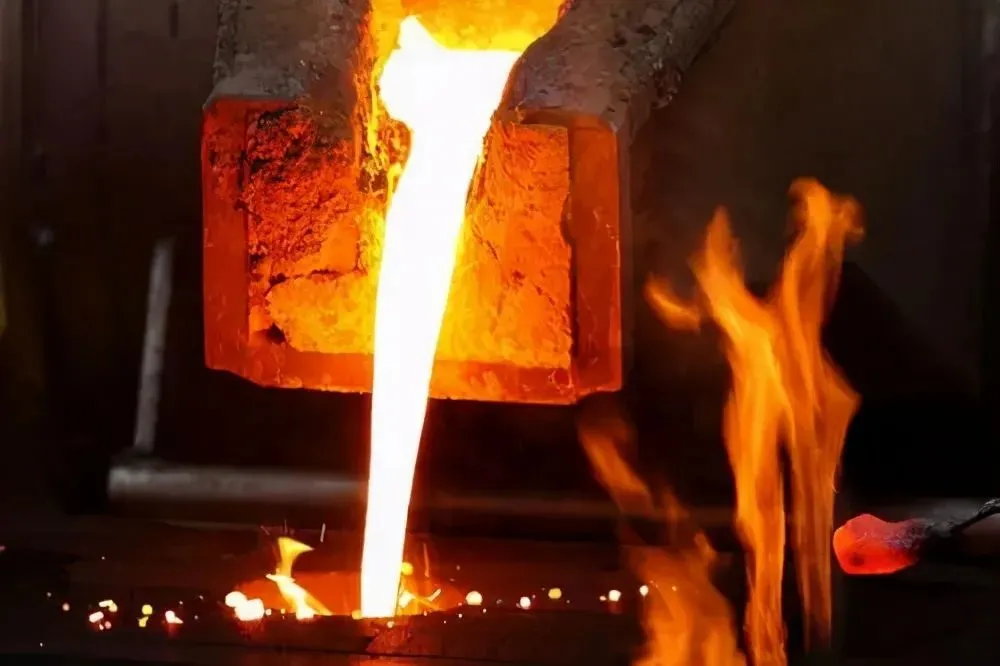Mobile:+86-311-808-126-83
Email:info@ydcastings.com
Different Types of Impellers Used in Bioreactors for Enhanced Mixing and Aeration
Types of Impellers in Bioreactors
Bioreactors are essential equipment in bioprocessing, where biological organisms or systems are utilized to produce products such as pharmaceuticals, biofuels, and fermented foods. An integral component of bioreactors is the impeller, which plays a crucial role in mixing, aerating, and enhancing mass transfer within the reactor. There are various types of impellers used in bioreactors, each serving different functions and optimized for specific processes. Understanding these types is fundamental for bioprocess engineers to design efficient bioreactors.
1. Rushton Turbine
The Rushton turbine is one of the most common types of impellers used in bioreactors. Characterized by its flat, disc shape with vertical blades, the Rushton turbine is excellent for creating high shear and turbulence. This enables effective mixing and oxygen transfer in aerobic fermentation processes. The design promotes a uniform distribution of cells and nutrients throughout the bioreactor, which is crucial for maximizing the growth rate of microorganisms or cells. However, its aggressive mixing can be detrimental in shear-sensitive processes, such as in the cultivation of certain mammalian cells.
2. Impellers with Baffles
Impinged on the walls of a bioreactor, baffles can significantly enhance the performance of various impellers. Baffles disturb the uniform flow created by impellers, which prevents vortex formation and improves mass transfer rates. When combined with other impeller types, such as the marine propeller or pitched blade impeller, they can optimize the mixing process. Baffled impellers are particularly useful in larger-scale bioreactors where maintaining homogeneity of the culture is critical.
types of impeller in bioreactor

The pitched blade impeller features blades set at an angle, which allows for both axial and radial flow. This design makes it versatile for different types of processes, including both aerobic and anaerobic conditions. One of the main advantages of pitched blade impellers is their ability to minimize shear stress on sensitive cultures, making them ideal for bioprocesses involving mammalian cells and hybrids. Their flow pattern can efficiently pump and mix liquids without compromising the integrity of the cellular structures.
4. Marine Propeller Impeller
Marine propellers are designed for deeper liquids and typically operate at lower speeds, making them an efficient choice for applications that require gentle mixing. They produce a continuous flow and improve mass transfer while minimizing damage to delicate cells. Marine propeller impellers are particularly suited for larger bioreactors where excessive shear can negatively impact the cell viability and product yield.
5. Self-Contained Impellers
These impellers, such as the helical ribbon and auger-type designs, are specialized for applications where solid particles are present in the liquid medium. They provide excellent mixing capabilities and are particularly useful in solid-liquid bioreactors, where solids play a critical role in the bioprocess.
Conclusion
In summary, the choice of impeller in a bioreactor is crucial for ensuring the efficiency and effectiveness of the bioprocess. Each type of impeller offers unique advantages and is suited for specific applications. The Rushton turbine excels in oxygen transfer, while pitched blade impellers are preferable for shear-sensitive cultures. Understanding the dynamics of these impellers helps engineers optimize their bioreactor designs for various biological applications, ultimately leading to improved production yields and enhanced product quality. As bioprocessing technology advances, the development and testing of new impeller designs will continue to play a significant role in the evolution of bioreactor operations.
-
Understanding Metal Casting TechniquesNewsApr.02,2025
-
Understanding Exhaust Manifolds for Enhanced Engine PerformanceNewsApr.02,2025
-
The World of Metal FabricationNewsApr.02,2025
-
Key Components for Pump and Turbo EfficiencyNewsApr.02,2025
-
Essential Tools for Automotive Maintenance and RepairNewsApr.02,2025
-
Durable Valve Components for Effective Water ManagementNewsApr.02,2025











